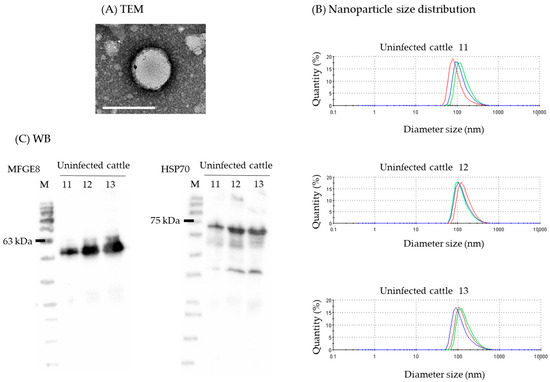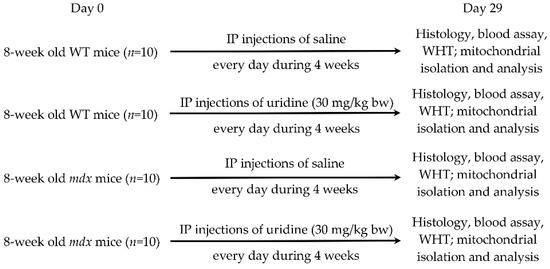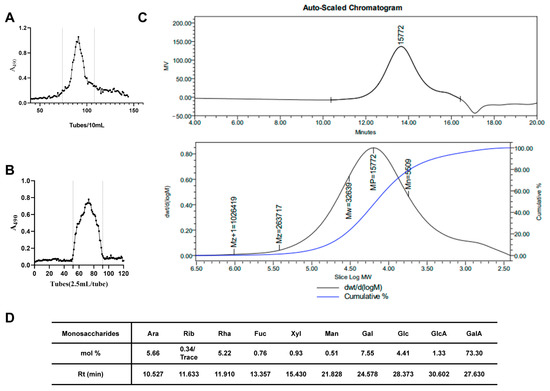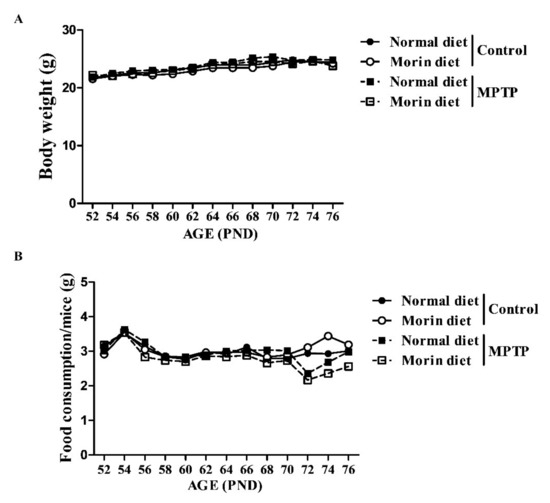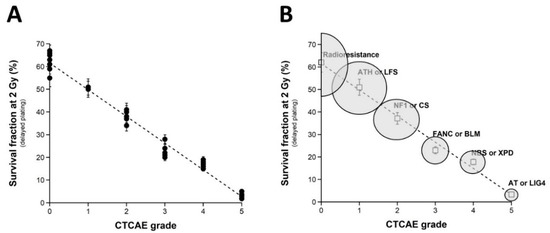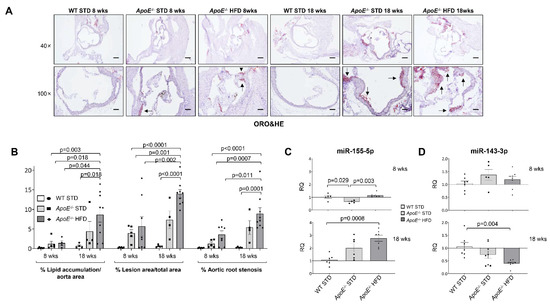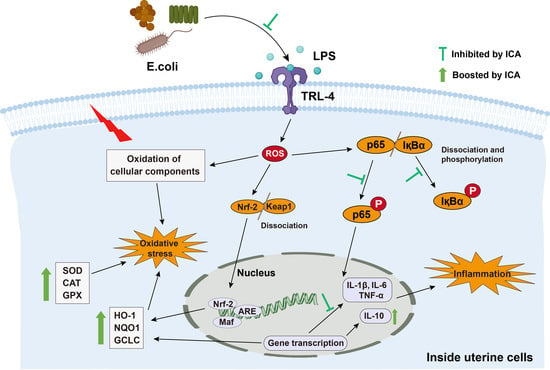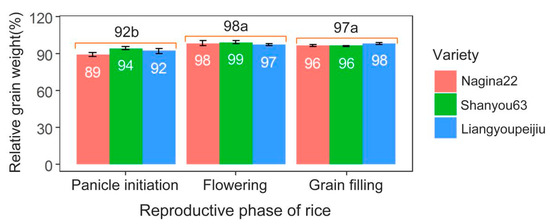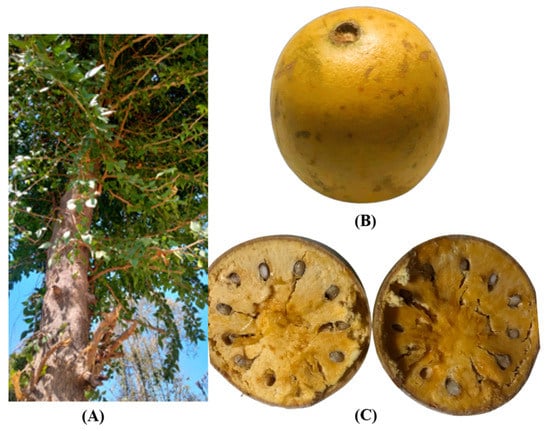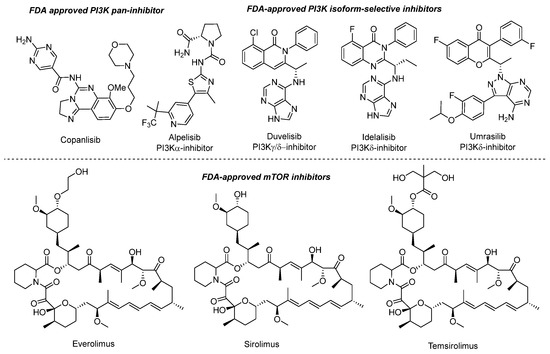Int. J. Mol. Sci. 2022, 23(18), 10782; https://doi.org/10.3390/ijms231810782 - 15 Sep 2022
Cited by 12 | Viewed by 1841
Abstract
Enzootic bovine leukosis (EBL) is a B-cell lymphosarcoma caused by the bovine leukemia virus (BLV). Most BLV-infected cattle show no clinical signs and only some develop EBL. The pathogenesis of EBL remains unclear and there are no methods for predicting EBL before its
[...] Read more.
Enzootic bovine leukosis (EBL) is a B-cell lymphosarcoma caused by the bovine leukemia virus (BLV). Most BLV-infected cattle show no clinical signs and only some develop EBL. The pathogenesis of EBL remains unclear and there are no methods for predicting EBL before its onset. Previously, it was reported that miRNA profiles in milk small extracellular vesicles (sEVs) were affected in cattle in the late stage of BLV infection. It raised a possibility that miRNA profile in milk sEVs from EBL cattle could be also affected. To characterize the difference in milk of EBL cattle and healthy cattle, we examined the miRNA profiles in milk sEVs from four EBL and BLV-uninfected cattle each using microarray analysis. Among the detected miRNAs, three miRNAs—bta-miR-1246, hsa-miR-1290, and hsa-miR-424-5p—which were detectable using quantitative real-time PCR (qPCR) and are associated with cancers in humans—were selected as biomarker candidates for EBL. To evaluate the utility of these miRNAs as biomarkers for EBL, their levels were measured using milk that was freshly collected from 13 EBL and seven BLV-uninfected cattle. bta-miR-1246 and hsa-miR-424-5p, but not hsa-miR-1290, were detected using qPCR and their levels in milk sEVs from EBL cattle were significantly higher than those in BLV-uninfected cattle. bta-miR-1246 and hsa-miR-424-5p in sEVs may promote metastasis by targeting tumor suppressor genes, resulting in increased amounts in milk sEVs in EBL cattle. These results suggest that bta-miR-1246 and hsa-miR-424-5p levels in milk sEVs could serve as biomarkers for EBL.
Full article
(This article belongs to the Special Issue Characterization and Biological Function of Milk-Derived miRNAs)
►
Show Figures
